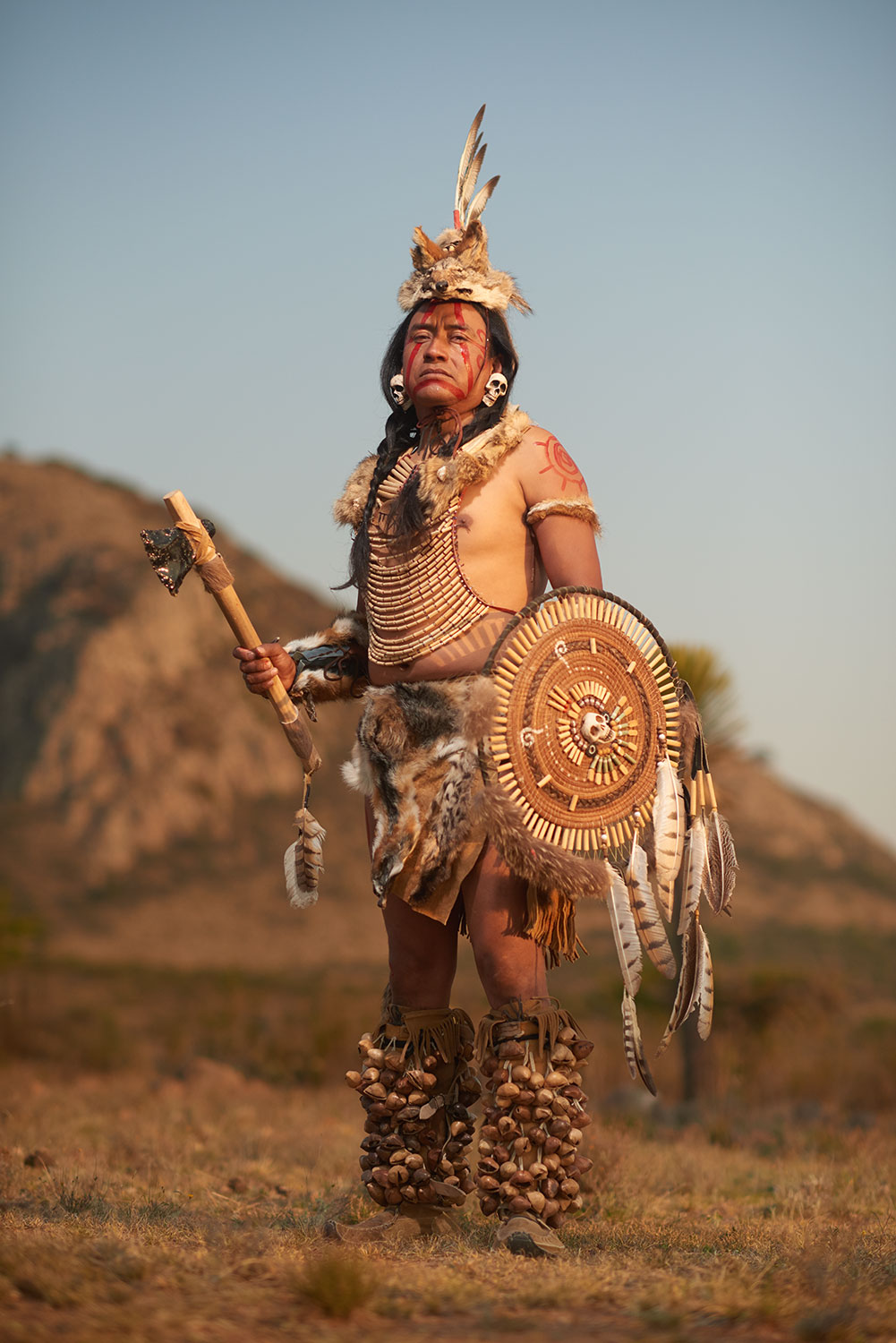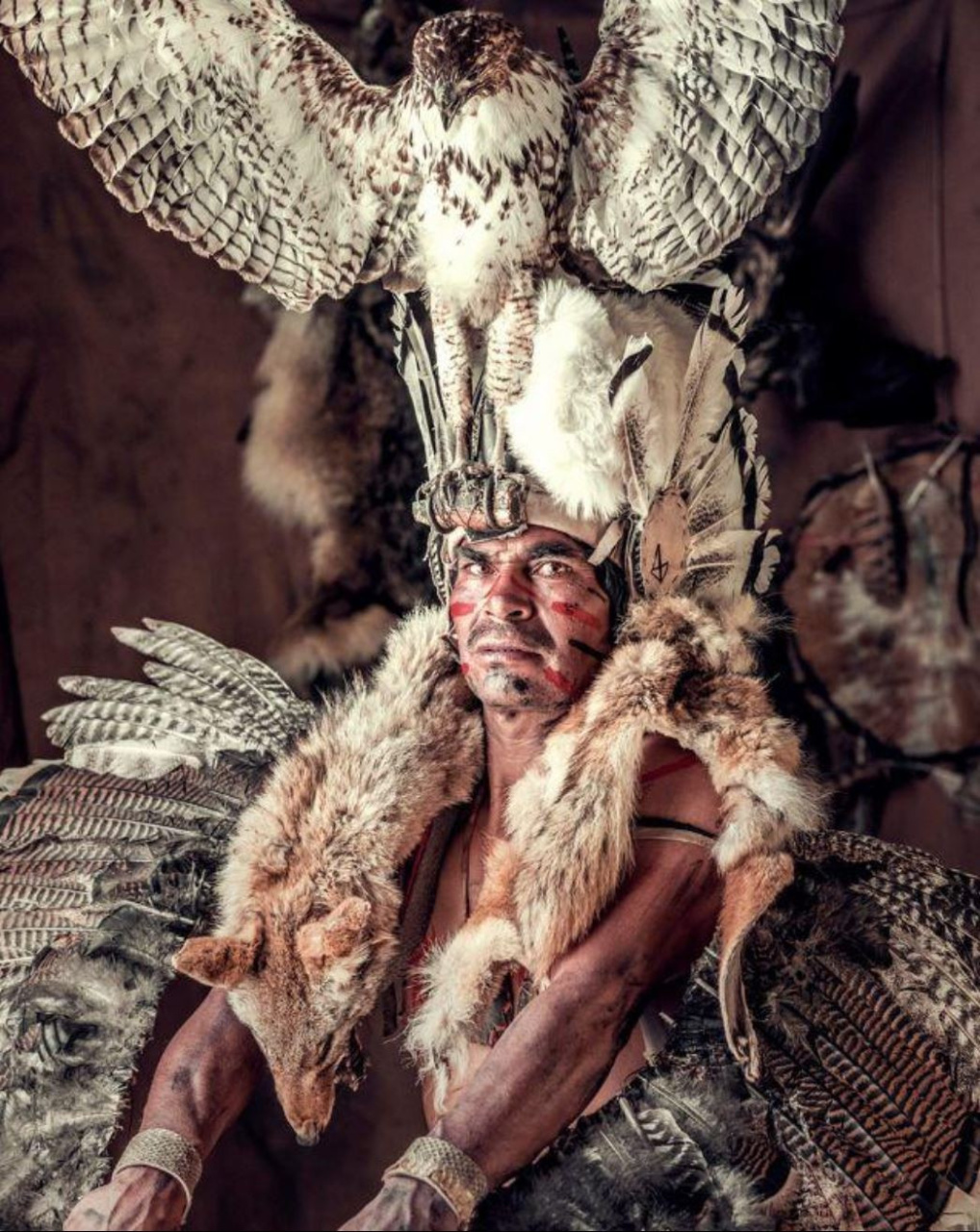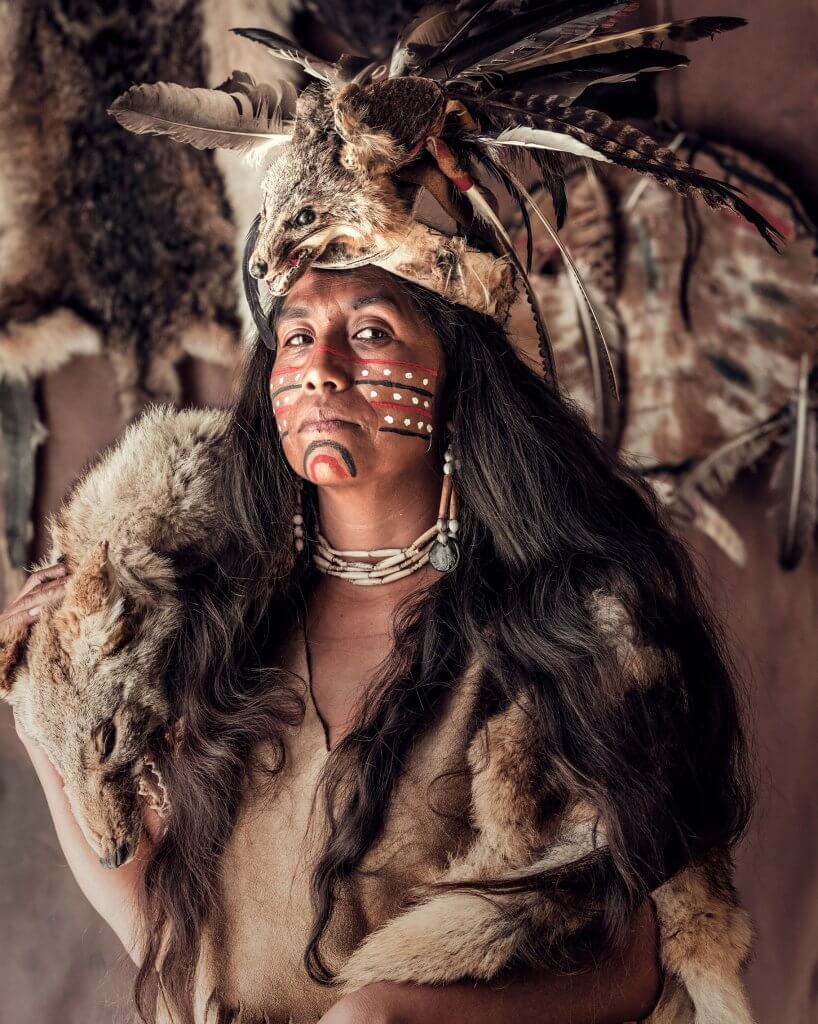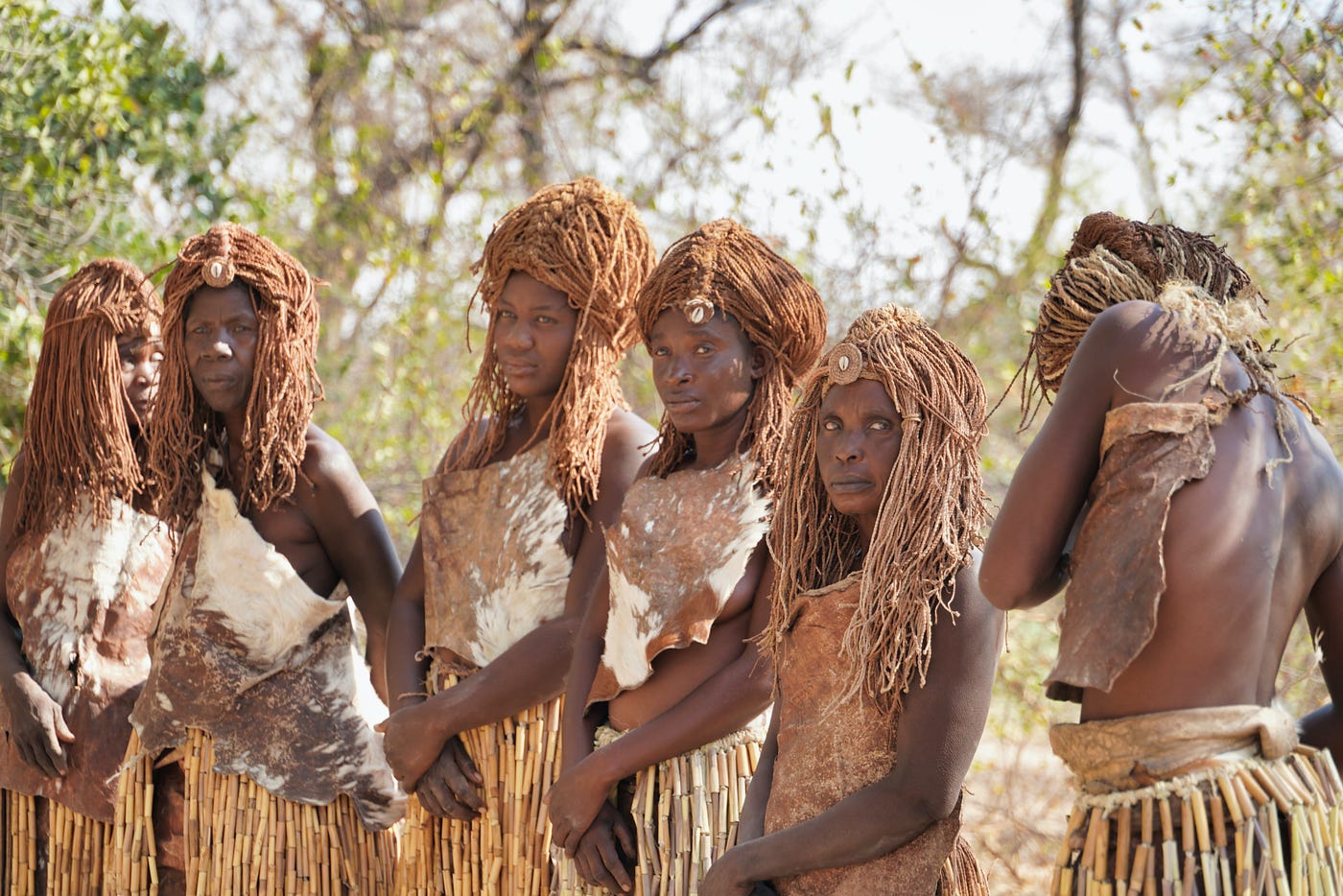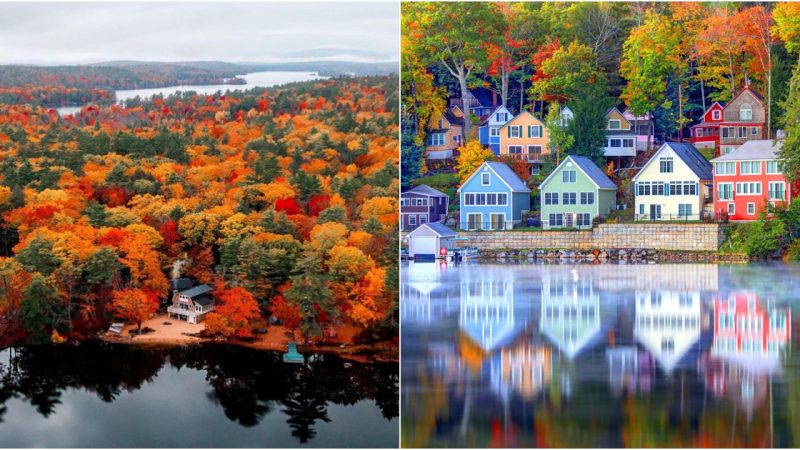Native Nation Captures Mexico’s Forgotten Cultures
Mexico is a country rich in cultural diversity, with a history that dates back thousands of years. While many people are familiar with the vibrant culture of modern Mexico, it’s important not to forget the indigenous communities that have played a vital role in shaping the nation’s identity. In this article, we will delve into the lesser-known, but equally fascinating, aspects of Mexico’s heritage by uncovering the indigenous communities that have been, for too long, relegated to the margins of mainstream culture.
The roots of Mexico’s indigenous cultures can be traced back to the ancient Mesoamerican civilizations, such as the Aztecs, Maya, and Olmec. These civilizations left a profound impact on Mexico’s cultural landscape, from their complex calendars and hieroglyphic writing to their architectural marvels like the pyramids of Teotihuacan and Chichen Itza. Today, their descendants continue to preserve their traditions and languages, providing a glimpse into Mexico’s deep historical past.
Mexico is home to an astounding variety of indigenous languages, with over 68 officially recognized by the government. Nahuatl, spoken by the Aztecs, and Yucatec Maya are among the most prominent. Despite the dominance of Spanish in everyday life, these languages continue to be spoken in indigenous communities, reinforcing their unique cultural identities.
One of the most striking aspects of Mexico’s indigenous cultures is their artistry and craftsmanship. Each community has its distinctive artistic traditions, including pottery, textiles, and jewelry. The intricate designs and vibrant colors found in their creations tell stories of their heritage, spirituality, and connection to the natural world.
Indigenous communities in Mexico possess a wealth of traditional knowledge, particularly in herbal medicine. Many still rely on ancient healing practices and the use of local plants for medicinal purposes. This knowledge is passed down through generations, preserving the wisdom of their ancestors.
Throughout Mexico, various indigenous festivals and ceremonies take place year-round. These events often blend pre-Hispanic rituals with Catholicism, reflecting the syncretic nature of Mexican culture. The Day of the Dead (Dia de los Muertos), for instance, is a vibrant celebration that honors ancestors and the cycle of life and death.
Despite their rich cultural heritage, indigenous communities in Mexico face numerous challenges, including discrimination, poverty, and marginalization. However, many are actively working to preserve their traditions and improve their living conditions. Indigenous-led initiatives in education, cultural preservation, and sustainable agriculture are gaining momentum.
Mexico’s indigenous cultures are a testament to the country’s enduring heritage and resilience. While they have faced historical adversity, these communities continue to thrive, preserving their unique traditions, languages, and way of life. As we uncover the indigenous communities of Mexico, we gain a deeper appreciation for the country’s remarkable cultural tapestry and the importance of preserving these invaluable legacies for generations to come.
Hits: 1

